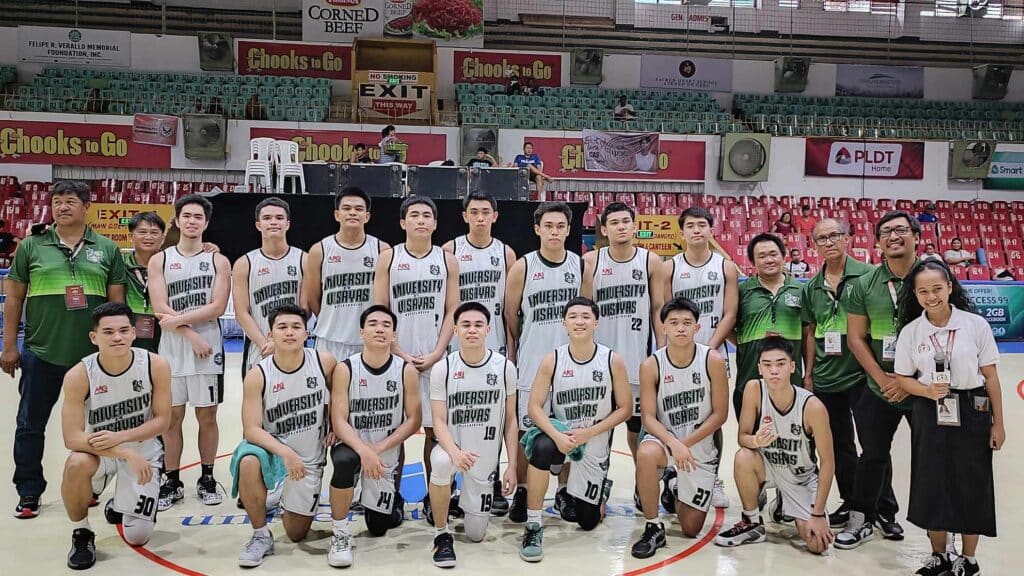
Tropical pool-days demand to be enjoyed in different ways. The sun-seekers to my left and right are all, like me, laid out on loungers, but some are reading or plugged into headphones, while others are napping post breakfast. I, however, am getting my kicks from watching wildlife flitting about the gardens here at .
From my prone position, I’m observing the antics of squirrels and bulbuls in the trees, while swallows dip down to sip from the pool on the wing. Elsewhere on the island, there are monkeys and other south-east Asian creatures; long ago, there were even Balinese tigers. But although similar species exist on Java, the isle to the west, it’s a different story in the opposite direction, in Lombok.
Though separated from by a strait no more than 20 miles wide, the wildlife (with cockatoos and tree kangaroos further east) is Australasian. It’s a distinction first noted by the , who spent eight years studying wildlife here while Charles Darwin did the same in the Galapagos. Wallace’s detailed observations helped hone the theories of continental drift and, in conjunction with Darwin’s work, evolution by natural selection.
After his odyssey, Wallace published , one of the 19th century’s classic works on natural history. Still in print, it makes rather uncomfortable reading as Wallace candidly describes shooting orangutans for scientific study. Nevertheless his storytelling conveys the thrill of discovery and adventure, something that I’m hoping to emulate with my own Indonesian voyage.
I’m here to join a small-ship cruise with Aqua Expeditions, whose 30-passenger Aqua Blu sails Indonesia year-round. In monsoon season, itineraries serve Raja Ampat and the Spice Islands, but when conditions are optimal, it sails between Bali and Komodo. In doing so, it crosses the Wallace Line – the faunal boundary that Wallace observed – for a single-nation trip that encounters the wildlife of two continents.
Like most expedition cruises, our schedule is action-packed. After a gentle few days in Bali, I take the hour-long flight to Flores, where I board Aqua Blu and sail into the sunset. We wake to the sight of Komodo Island’s golden hills folding into each other and tender ashore to seek the giant lizards that share its name.
Being within reach of tours from Flores, parts of Komodo feel busy, but Aqua has arranged exclusive access to a particular ranger station. Armed with wooden staffs, the rangers escort us to the fenced-in enclosure within which they live. Looking out through the palisade, it feels like a zoo in reverse, but are genuinely dangerous and there are three within inches of the fence.
One flicks its tongue, tasting the air and dripping venomous drool from its jaws. I’ve never before been eye-to-eye with something that would eat me without hesitation. Visiting Komodo is only allowed with National Park rangers’ protection.
“The last tourist to get killed by dragons was in 2017,” one tells us, “so when we say it’s important to respect local customs when you travel, that’s especially true when the locals in question are Komodo dragons!” Back on the ship, we relocate for snorkelling beneath volcanic cliffs, diving in to discover boulder, plate and finger coral formations. One, bright green in colour, looks like the sprigs of an artificial Christmas tree. I submerge for a closer look to find tiny fish among its structures, all neon-coloured in lively yellows and blues.
We catch up with Komodo dragons again next morning on Rinca Island, where we take an excursion by tender into a remote, sea-filled caldera. It’s the sort of hard-to-reach spot that only small-ship cruises such as Aqua’s can access. With sea eagles soaring overhead, we spot dragons on the beach beneath a backdrop of virgin rainforest.
It’s a sight that feels as if we’ve stepped back 60,000 years. , found nowhere else, are the region’s obvious highlight – but this balanced, well-paced itinerary packs every day with astonishing experiences. It’s incredibly varied, too: snorkelling, diving and viewpoint hikes are balanced by a lazy afternoon on Pink Beach, complete with cocktails, parasols and inflatable unicorns.
And as one might expect from a cruise of this calibre, we’re welcomed aboard after every excursion with cool drinks and warm towels. The itinerary’s midweek days are quietest, allowing for relaxation as Aqua Blu sails past unblemished isles and slumbering volcanoes. The downtime allows for enjoying the ship: a former British Naval explorer first remodelled as a private yacht, then latterly as an ultra-luxurious expedition vessel.
The energy soon builds again with a pre-dawn excursion to meet whale sharks. The early start is required to catch these massive fish, the world’s largest, feasting on overspill from fishermen’s nets. We arrive as the moon is skimming the sea and the first light of day warms the other horizon.
As we lower ourselves into the inky water, the shape of a shark looms into view, the pattern of spots on its back showing clearly despite the low light conditions. A glittery shower of blue-tinted fish scales flickers all around us as the fishermen process their catch, to the whale shark’s advantage. It pumps its gills and toothlessly gums the water, filtering edible fragments.
Every now and then it swims away but circles back to continue hoovering up easy snacks, showing off its awesome size: a good six metres (20ft) in length. It’s the most incredible experience; but Aqua has plenty more in store. Our final days promise kayaking in a crater lake; swims in a jungle waterfall; and sipping sundowners while hundreds of fruit bats stream overhead.
It’s the sort of magical discovery to which Alfred Russel Wallace himself might relate. I’m pretty certain that he would approve..













